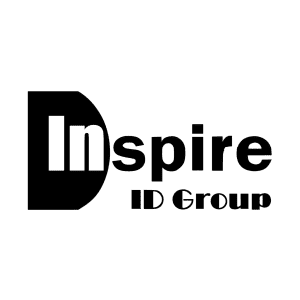Do you feel as if you are drowning in paperwork? Are invoices and administration keeping you away from important tasks…such as growing your business? We can help!
Invoices are such a basic part of daily business that there is an assumption that it is easy and straightforward. This can be true once you have the right best practice guidelines in place, but the reality is that every business has had to figure out how to set up their invoicing system in the first place!
Even with a great system in place, invoice and the processing involved can take valuable time away from actually growing your business, making affordable accounting software more important than ever before.
Invoicing in a professional manner, and in adherence to the standard practices expected from your accounting and taxation responsibilities, is highly recommended. Not only is it a sure-fire way to ensure that you are protecting your business, now and in the future, but it also makes sure that you are able to maintain a healthy cashflow, alleviating financial stress and unwanted pressure.
In short, do your invoicing right and it will only make doing business simpler and better.
Terms You Need To Be Comfortable With
Know the difference between these terms:
Invoice: A formal request for payment or proof of transaction
Purchase Order: A written request for goods or services for which there is an intent to buy
Receipt: Proof or confirmation of payment made
What Do I Include In My Invoice?
The basic requirements for an invoice are:
Realistically, invoices are pieces of paper (digital or physical) that represent money owed. When money is involved, people generally want to feel a sense of trust and value.
If your invoicing – which is an extension of the way your company and brand is represented – looks untidy and disheveled, it makes your entire company seem untrustworthy and unprofessional. Not many people would be happy to part with their money for a company that doesn’t put in at least the minimal amount of effort for their invoicing.
The impression created by your invoicing is lasting and plays an important role in building long-term relationships with your clients. Best practices for invoicing dictate that it must be legible, neatly laid out, and look professionally put together as we’ve explained above
Yes, it is an incredibly vital part of doing business, and you will be required to keep clear records of your business sales which also feeds into your taxation and accounting duties.
No, you do not personally have to do it – that’s why we exist.
Let ALP Peak take on the outsourcing of your accounting and invoicing burdens. No more complex calculations, mountains of undone paperwork, or time spent away from your core business functions. We do the paperwork and keep everything up to date, while you enjoy actually running your business!
Start your one-month FREE TRIAL today, with no strings attached.






and more …
Join dozens of small to medium sized businesses who rely on our professional bookkeeping service providers to keep their books updated, accurate, and simple.
To learn more about the full scope of our corporate secretarial services, go to a live chat with one of our experts and get the answers to all your queries straight away. We give responses to our clients 24/7.
ALP Peak is a reliable and professional bookkeeping service provider.
Make us your first choice in online accounting and taxation support.